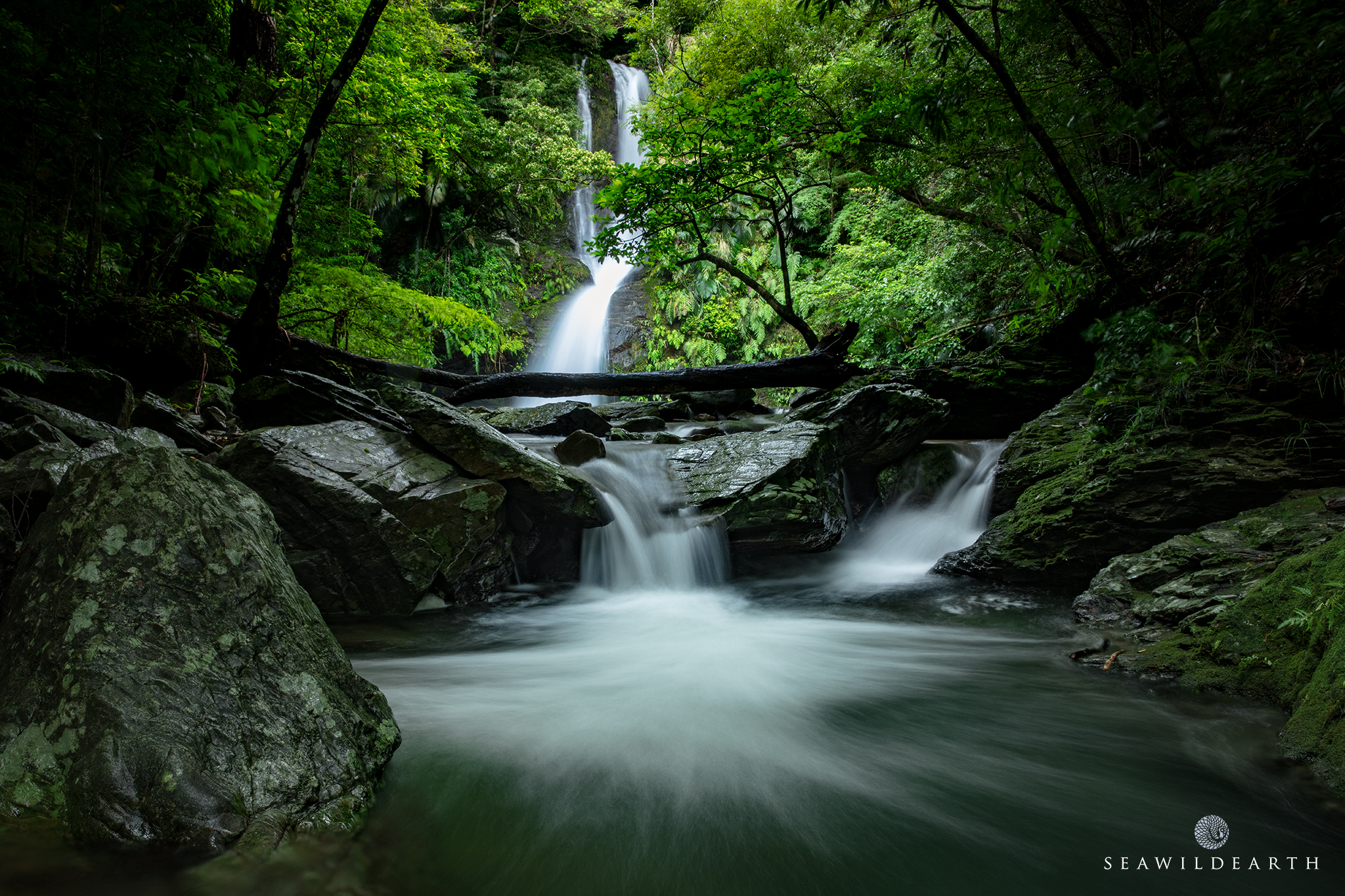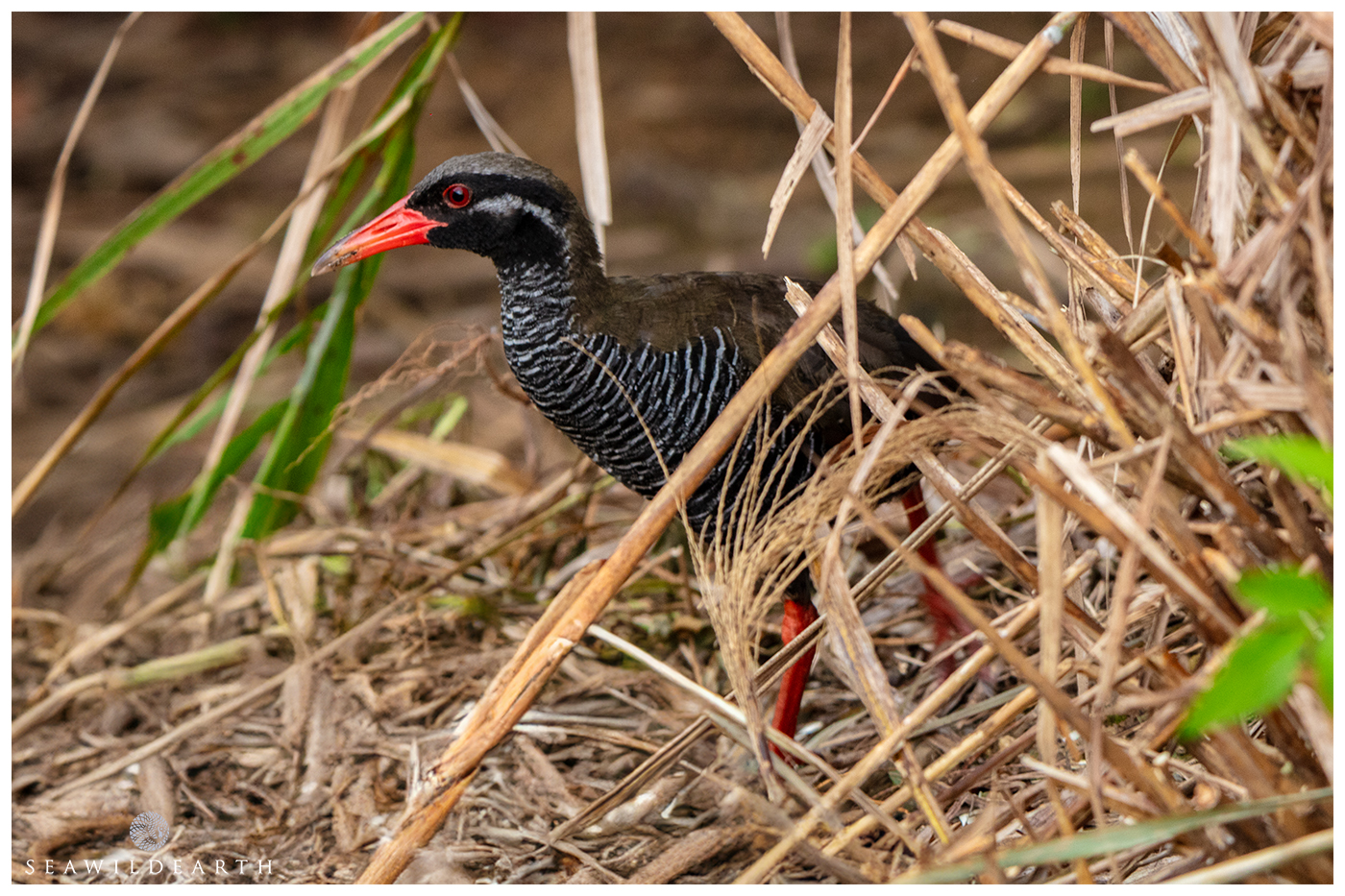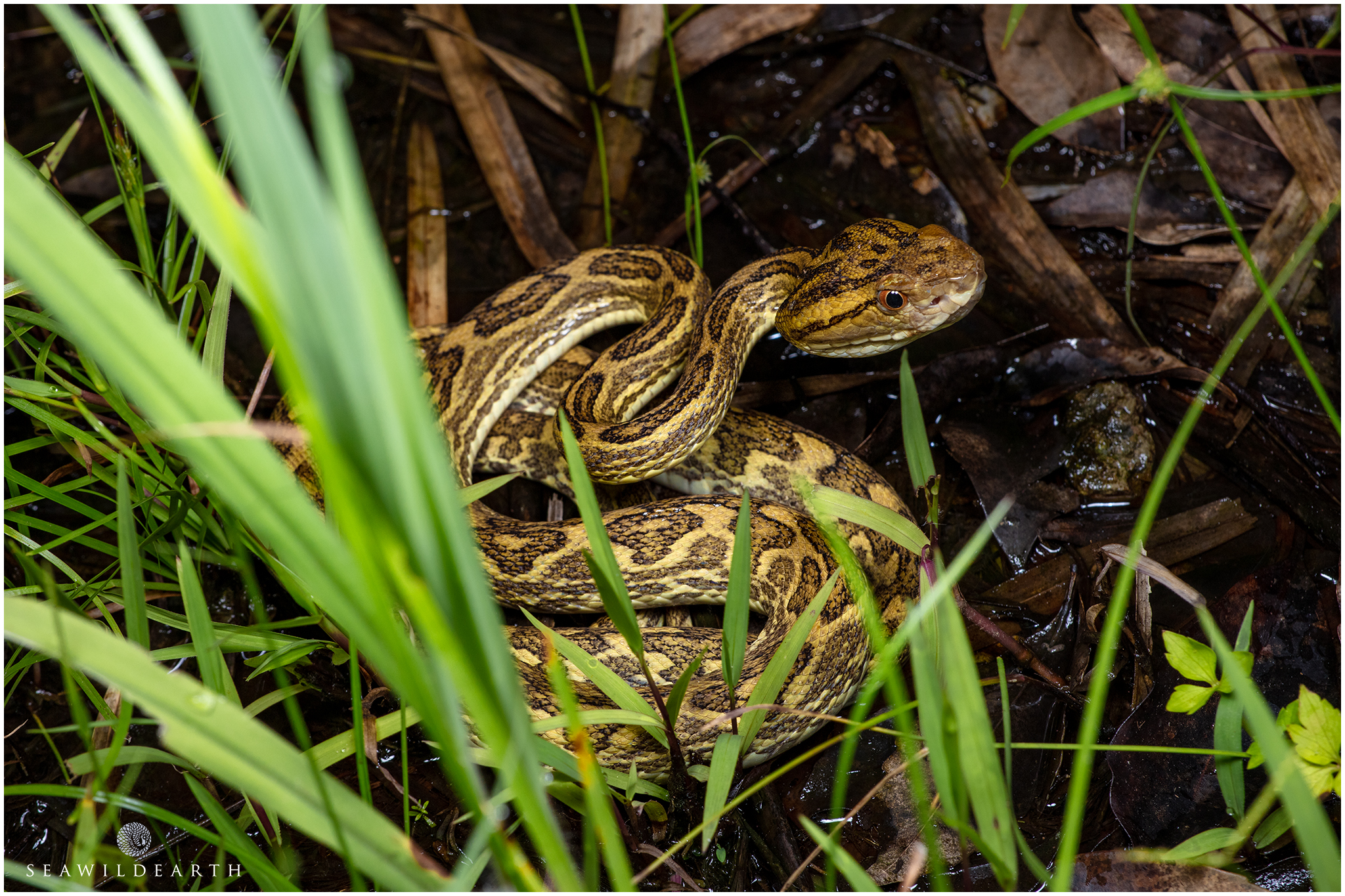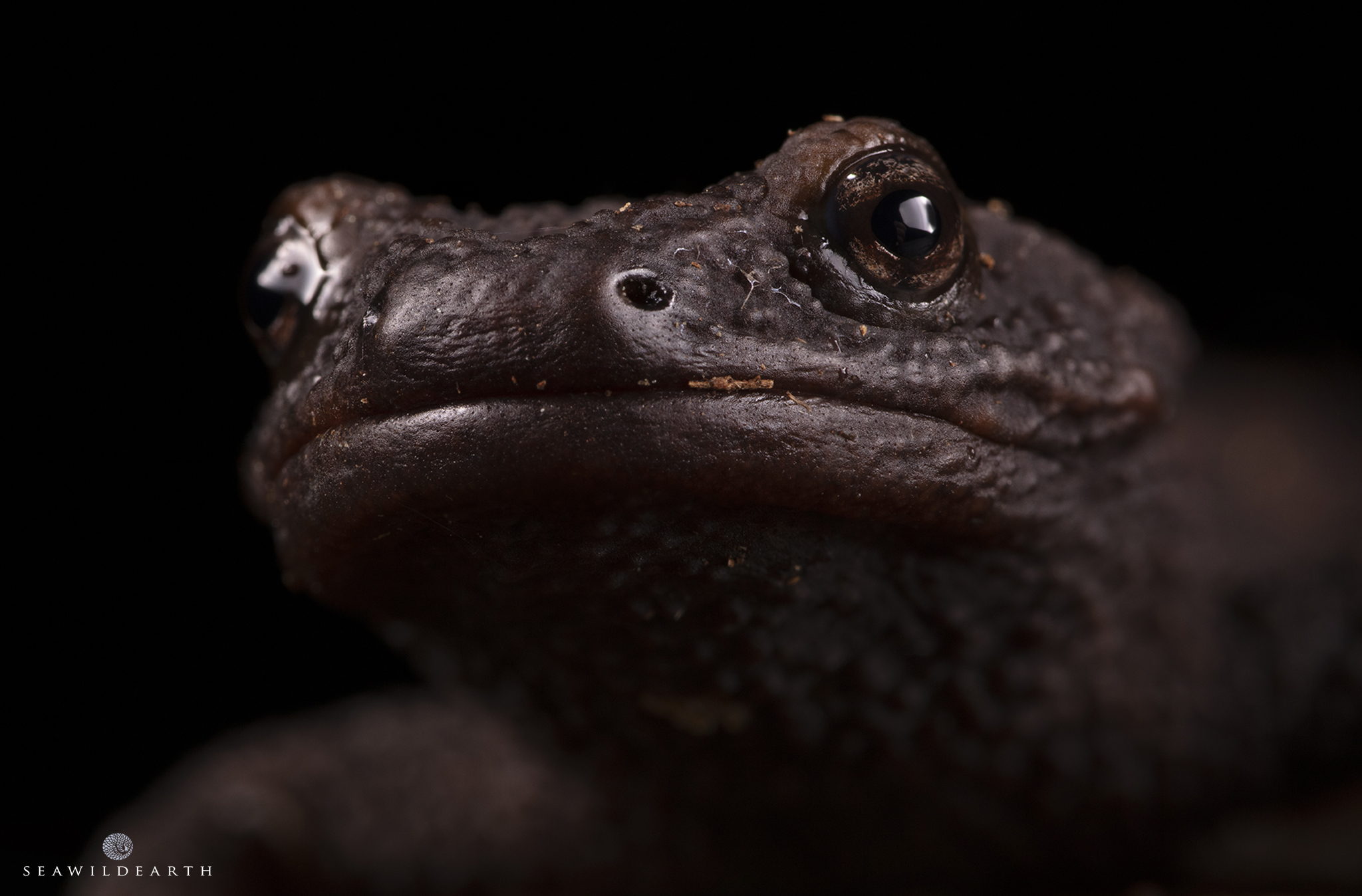Wild Jungle Weekends in Okinawa
Far from the noise of southern Okinawa, our wild weekend jungle experience allows you to truly appreciate the wilds of Okinawa's northern regions and the wildlife species that call it home.
Wild weekend jungle experiences in Okinawa are designed to help educate you into appreciating and understanding the nature of the island. It's like you've always wanted to know what's crawling around the jungles of Northern Okinawa in the dark hours but you've never gotten around to checking it out? Maybe due to the misconception into the character of some of the species or a lacking in confidence to step out into the jungles by night. Well now's your chance. Your guide has been walking solo through the jungles of the island for the past seven years in his search for interactions and imagery of many of the species that call this unique location home.
Our wild weekend jungle experience starts on a Friday afternoon with a two hour drive to the Northern regions of the island. Staying at a local 'Minshuku' or homestay allows attendees the opportunity to see how traditionally the locals live in that area of the island. Our reason for this particular accommodation option is also due to the location. It is smack bang in the middle of one of the most species diverse locations on the island. Many of the trails here are within walking distance from the accommodation. Once we're sorted with our accommodation and we're good to go a hearty Diner will be served. Waiting for the light to fall and the night critters to emerge will allow for some discussion on what to expect as well as a Q&A session about the wildlife, what to expect and to also dispel some of the potential misconceptions.
Once night has fallen we step into the wilds for the first time. All wild jungle weekend treks are made at a slow and deliberate pace as this is the best way to encounter wildlife. Slow and easy is the name of the game. One doesn't encounter more wildlife with the amount of ground covered. very much the opposite is true. At night time one has to get into the habit of looking around their immediate surroundings. Once you start to see things closer to you and your eyes adjust to that focal distance you'll be amazed to see just how much wildlife is surrounding you. This first walk will take us into the small hours. During this first venture we run the risk of encountering any one of the main and iconic species within Okinawa. There is never any guarantee as to what we will happen across, nature can be fickle, but rest assured we will encounter some pretty amazing wildlife.
The pace of activity depends on certain activity each season. But one thing is certain, once the myriad frog species start their annual mating schedules the predators come out in droves. With so many amphibian species to encounter it sometimes feels like 'frog overload' to the untrained eye, but there are species more prevalent to predation over others. Did you also know there is one frog species found only in Okinawa, and in some small pockets of the neighboring island of Amami Oshima, that is adorned with the lofty title of 'National Treasure'?
Ishikawa's Frog, pictured left, can be found is certain locations and environments in small pockets of forest in the the North. While it is often encountered in its green guise as here there are also individuals lacking the yellow pigmentation in their bodies so as a result of that they appear blue in color. An amazing, yet rare, encounter.
This enigmatic looking frog is just one of the species to be encountered during your wild jungle weekend experience if you're fortunate enough. Beyond this it goes without saying that one species often spoken about in hushed tones are the various species of Habu Pit Vipers. Three species of this snake are found in Okinawa with a few anomalies also having been encountered. In these northern confines of the island the most often encountered species is the Hime (him-ayy) Habu, aka the Princess Habu. This diminutive snake reaches a maximum length of around 80cm/31" but can be recognized at times for it's quite impressive girth. Often encountered in leaf litter on the side of roads, especially in areas with water sources or standing water may be as this is where their preferred prey item, frogs, congregate.
Once we have our fill of the nocturnal delights we return to our accommodation for a well sleep, lulled by the soundtrack of the surrounding jungle. Saturday mornings start bright and early for those who are energetic enough to continue your wild jungle weekend experience. Up at the crack of dawn for the sunrise we head out for a quick stroll to seek out one particular species that tends to be more active in the cool of the early mornings, the Black Breasted Leaf Turtle. Sadly these slow moving terrestrial turtles are all too often encountered as roadkill victims. Knowing where and when to look for this species has evolved over time, numerous hours spent pounding the highways and byways of northern Okinawa.
Returning for breakfast we then look to spend the middle morning through to the mid afternoon with coastal discoveries, from checking out vantage points for awesome landscape photography to bushwhacking to hidden beaches to invoke that sense of exploration and discovery. As the afternoon wears on we look to return to the accommodation and collect our transport to drive a short distance with the view of encountering one of the islands most enigmatic of species.
The flightless Okinawa Rail, or 'Yambaru Kuina' as it's locally known, also happens to be one of the Worlds rarest of bird species. It is found only in small areas of forest on the main island of Okinawa. Endemic and endangered it was, in 2022, estimated that the adult population numbered around 1,500 individuals. This indeed is a recovering populating given it's numbers had plummeted to around 700 individuals in 2005 due to attacks by feral cats and Mongooses that had been introduced to the island to control the Habu pit viper numbers. One crazy point on that os someone didn't do their homework as Mongoose are active during the day, when the Habu are sleeping, and the Habu are nocturnal, when the Mongoose are sleeping! They had one job...
After a hopefully positive outcome to our search for the Okinawa Rail our Saturday evening is spent in search of nocturnal critters. After a hearty diner at our accommodation it is once more the time to don our jungle attire and head into the night at a different location than our first foray. Our wild jungle weekend experience continues with this second trek as we head to a slightly more southerly region to a location where encounters with the infamous Okinawa Habu are a greater possibility. That's never to say it is a foregone conclusion though. Wildlife moves and can change territories on a whim. There may be something in the water at this next destination as it is a place I've regularly encountered these striking, for want of a better word, animals.
Easily recognized due to their enigmatic coloration and patterns of bright yellow and black the Okinawa Habu is unmistakeable. While many people treat these reptiles with apprehension, which is a good thing as that in and of itself promotes the desire give a wide berth. It must also be understood that "Yes" these critters are venomous and posses a strong Hemotoxic venom, is considered high toxicity that will induce nausea, vomiting and incredible pain if bitten, only about 1% of bites from this snake result in death with victims tending to be those with a pre-existing medical condition, especially those related to heart disease.
Other potential encounters in this location include my personal favorite critter in all of Okinawa, the Kuroiwas Ground Gecko. If fortunate enough to get a head on photograph of these diminutive geckos you'll understand why they are firm favorite. Reflecting bright red eyes they appear to be an almost 'Terminatoresque' style critter. Once you've seen one of them you'll be hoping they do come back. This unique look is also cause for their demise. Okinawa is not without it's issues when it comes to poaching with this species being one of the main target species for those with nefarious intent. It is always advisable that all and any images taken during these treks if shared to social media should be ensured that they are not geotagging the regions in which they were taken.
Sunday morning starts off with an early morning drive. This is to take in a 20km loop of roads where an incredible amount of wildlife may be encountered. From Okinawa Rails to other avian species such as the Okinawa Woodpecker, aka Pryers Woodpecker, to Owls and Kingfishers. We also run the risk of encountering Black Breasted Leaf Turtles and any number of the eight species of snakes known to inhabit Okinawa. This is an awesome way to wrap up the wild jungle weekend experience. On return to our accommodation, a hearty breakfast is the order of the day after which we check out and depart from the northern region of the island.
All in all this experience will introduce those attending to an unfiltered reality of wildlife encounters in Okinawa. It will show how all species, bar none, prefer to avoid human interactions by slinking off into the undergrowth at the first chance they get. Okinawa is home to a myriad of incredible wildlife, some species of which endure a much maligned characterization of them than is necessary. This is often borne of ignorance to their true nature, something that once seen most people realize a new found appreciation and respect for the species concerned.
For those wanting to attend a wild jungle weekend experience in the jungles of northern Okinawa, it's just a matter of reaching out via the Contact page. This experience runs with a minimum of two attendees so it's ideal for a couple looking to deepen their understanding of the natural side of the island. Simply reach out and we can start the process of creating your awesome island experience.
Often Requested Encounters
Terrestrial critters, avian species and dramatic coastal scenes make this experience one to cherish.
For nature lovers as much as it is for those with cameras in hand. This experience goes to instill an understanding into the fragility and beauty of the northern jungle environment and the diverse array of wildlife species that call it home. An experience not to be missed during your time in Okinawa.
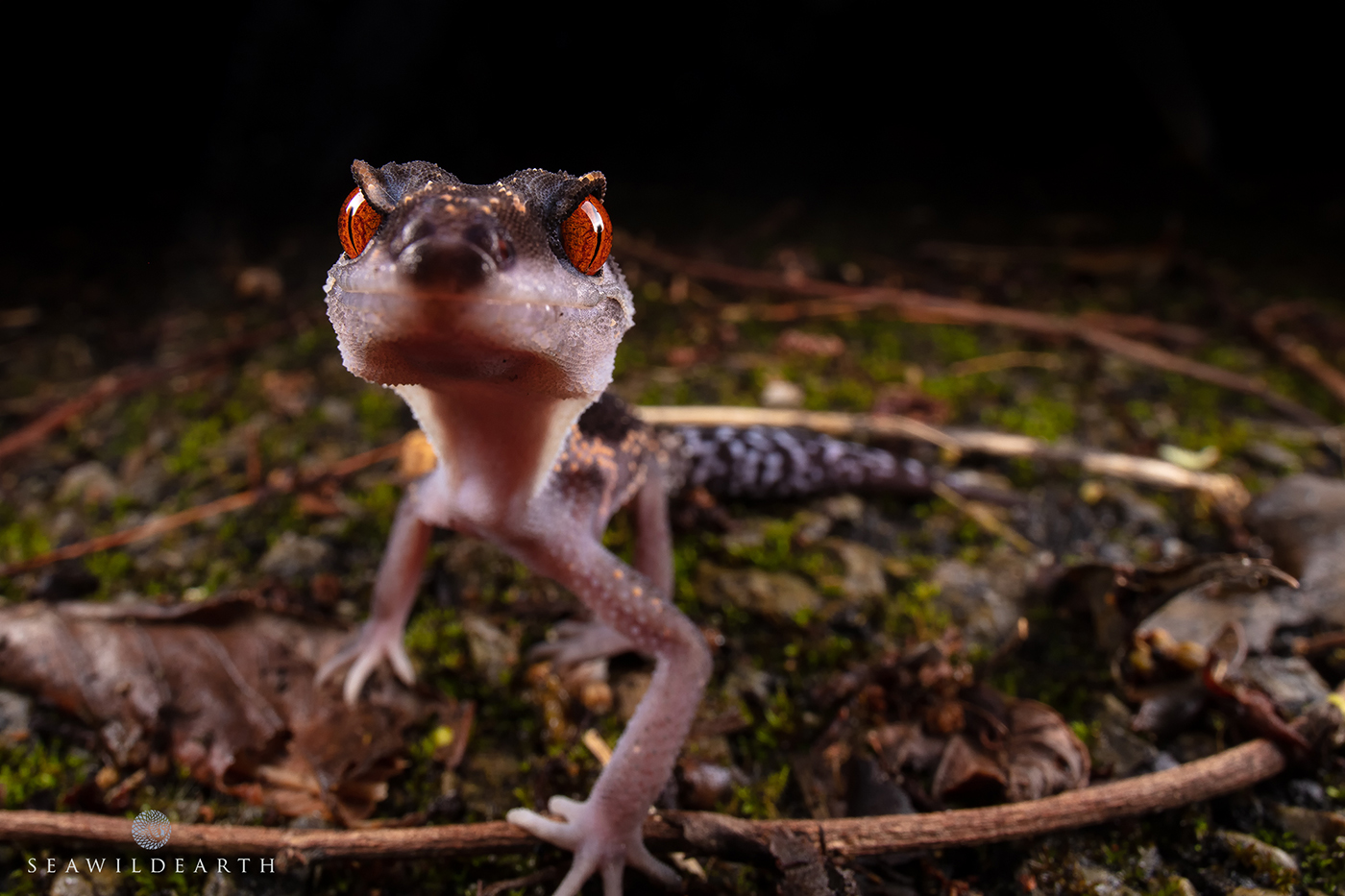
Existing nowhere else on Earth some of the iconic species of the Yanbaru are in regular demand. Kuroiwas Ground Gecko, Andersons Crocodile Newt, the Okinawa Rail and the infamous Habu Pit Vipers of Northern Okinawa are popular subjects for imaging requests.
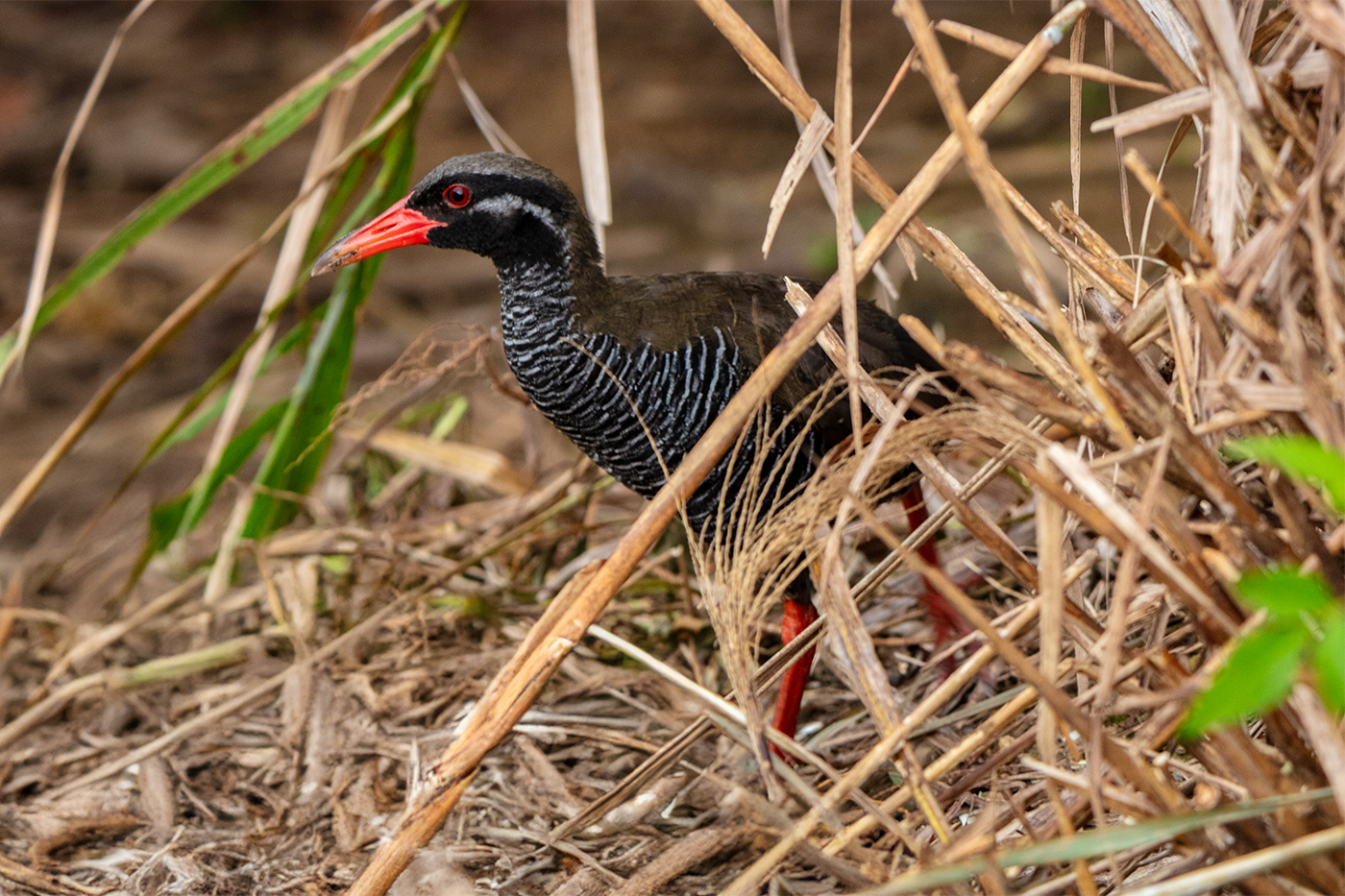
For those fascinated with all wildlife species on Okinawa there are also numerous bird species to be encountered during this experience. One of the most sought after species being the iconic, red billed, flightless bird known as the 'Yambaru Kuina', the Okinawa Rail.
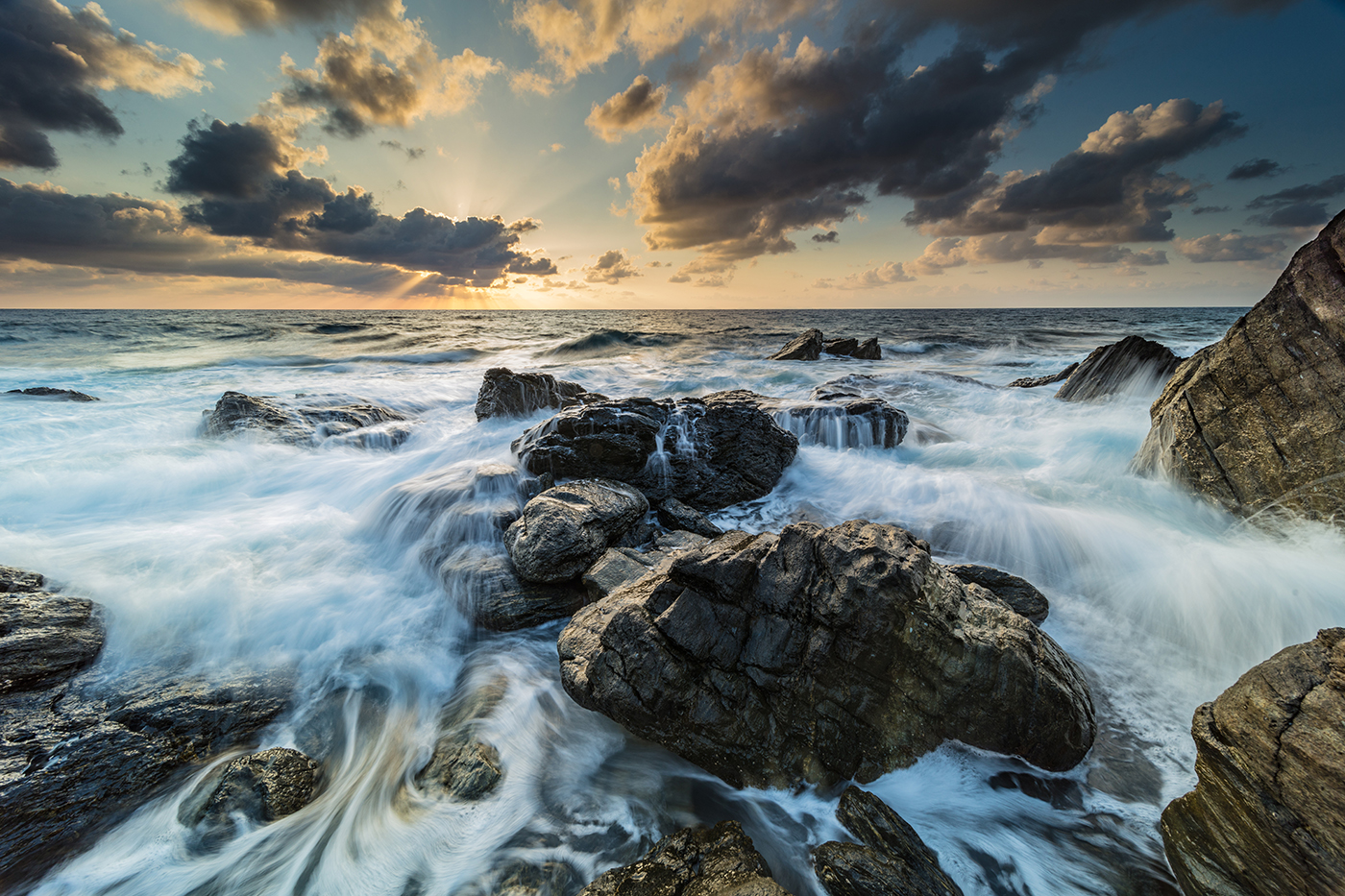
Dramatic coastlines of the northern regions are punctuated with rocky outcrops that allow for dynamic and evocative imaging. For those requesting it a simple landscape photographic session is available with equipment supplied to create stunning Ocean themed imagery.
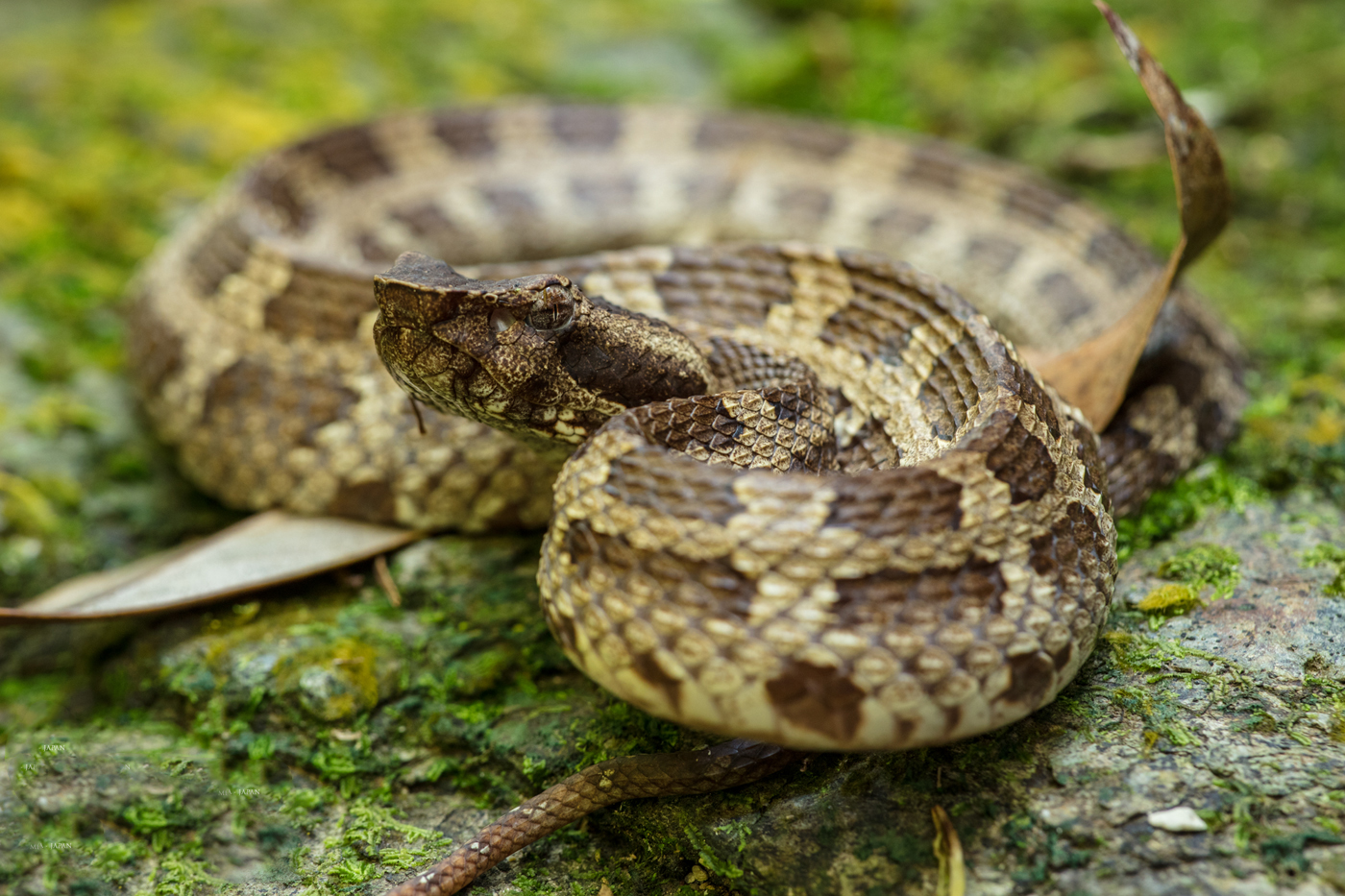
One of the biggest misconceptions about Okinawa wildlife tends to surround the reputation and threat posed to humans by the three main Habu species found on the island. This experience aims, in part, to help dispel those myths by way of real-world encounters.

Cameraman / Photographer
Mark Thorpe
Your Guide. Wildlife, landscape, and Ocean photographer.
Of all the islands that make up the Ryukyu Islands, Okinawa main island itself is home to an incredibly diverse array of wildlife species. Whether found in the rolling hills of the Yambaru, flying above its green canopy, or indeed swimming in it's inviting waters there is something for everyone. This main island experience is for those looking to delve at greater depth into the wildlife and species found within the greenery of the Yambaru, the jungled northern hills of Okinawa Island. You'll be immersed in the magic of this region while staying in as traditional a 'minshuku' or homestay, as possible. No frills accommodation in the beating heart of this unique place.
Your guide is a globally travelled mixed media professional. Mark Thorpe is an *Emmy Award winning underwater cameraman. He cut his imaging teeth in some of the most pristine and at times challenging dive locations around the World.
Responsible for the provision of stock footage and as a commissioned camera operator he has worked with some of the largest broadcast and production entities within the Natural History genre. Having also now adapted to terrestrial cinematography he is also a sponsored landscape photographer and travels extensively throughout the Ryukyu Islands to which the Okinawa prefecture belongs. He lives with his wife and son on the main island of Okinawa.

